Preparation Guide for Residential Painting
Whether you are tackling an indoor or outdoor painting job, there are some steps you need to take to get ready for your residential painting job. Following these steps can help you make sure you get the best paint job possible. If you are not tackling painting as a DIY job, then you will not have to take these steps. However, you want to make sure that your painters are following these steps. If they skip these steps, then you may have a problem with the paint adhering to the surfaces. So, do not skip steps. It may save you time in the short run, but it will end up costing you more time in the future.
The first thing you want to do is remove any contaminants that may be present. If you have a home that is older than 1978, you may have lead paint. So, before you do anything to your surfaces, you want to test the paint to see if it has lead. If so, you do not want to do any scraping or sanding. Instead, you need to contact a certified lead abatement specialist, who can safely remove the lead from your surfaces. You also want to look for other types of contaminants, such as mold or mildew. You can kill most forms of mold and mildew with bleach, fungicides, or microbicides.
Next, you want to wash all the surfaces. For exterior residential painting, you can use a power washer to clean the surfaces. However, if your home’s exterior is a soft wood, you do not want to choose this method. Power washing can damage those surfaces. Instead, for soft exterior surfaces or interior surfaces you want to use a product like TSP to thoroughly clean the walls. You do not want to skip this step. Clean walls are essential for getting paint to stick.
Patch and repair any areas that are damaged. This will mean filling holes and possibly caulking surfaces. You will also want to remove loose paint. You can use a stiff metal brush to remove loose paint. Then, use sandpaper to smooth the area.
After you have patched all of those areas, it is time to sand your walls. Sanding lets you rough up the surfaces, making greater surface area and increasing the paint’s adhesion. This step may not seem necessary, but you at least want to remove any gloss from surfaces. Doing so may not make a difference in how your paint job looks immediately after completion. However, it will make a difference in the longevity of your painting job.
Next, you want to use a primer. Primer is a special type of paint that is designed to approve adhesion. Some paints contain primers in them. However, if you are covering oil paint with latex paint, you will need a special type of primer. Make sure you are either using a stand-alone primer or a paint that contains primer in it.
After you have finished priming, you are ready to start your residential painting job.









